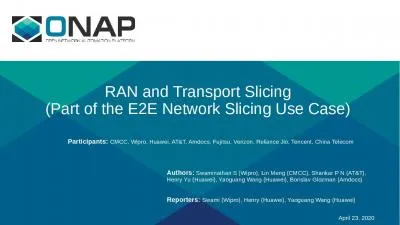PPT-1 The Cray 1, a vector supercomputer. The first model ran
Author : phoebe-click | Published Date : 2017-11-04
2 COMP 740 Computer Architecture and Implementation Montek Singh Nov 16 2016 Topic Vector Processing 3 Traditional Supercomputer Applications Typical application
Presentation Embed Code
Download Presentation
Download Presentation The PPT/PDF document "1 The Cray 1, a vector supercomputer. T..." is the property of its rightful owner. Permission is granted to download and print the materials on this website for personal, non-commercial use only, and to display it on your personal computer provided you do not modify the materials and that you retain all copyright notices contained in the materials. By downloading content from our website, you accept the terms of this agreement.
1 The Cray 1, a vector supercomputer. The first model ran: Transcript
Download Rules Of Document
"1 The Cray 1, a vector supercomputer. The first model ran"The content belongs to its owner. You may download and print it for personal use, without modification, and keep all copyright notices. By downloading, you agree to these terms.
Related Documents

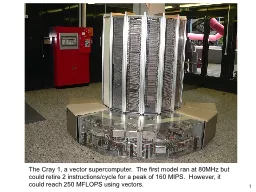
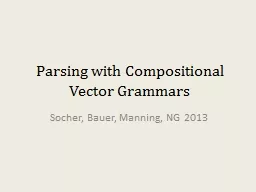

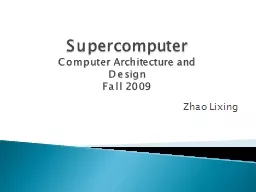
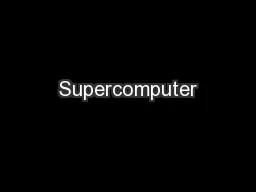


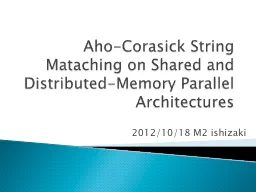
![[READING BOOK]-The Cray X-MP/Model 24: A Case Study in Pipelined Architecture and Vector](https://thumbs.docslides.com/971350/reading-book-the-cray-x-mp-model-24-a-case-study-in-pipelined-architecture-and-vector-processing-lecture-notes-in-computer-science-374.jpg)
![[eBOOK]-The Cray X-MP/Model 24: A Case Study in Pipelined Architecture and Vector Processing](https://thumbs.docslides.com/992260/ebook-the-cray-x-mp-model-24-a-case-study-in-pipelined-architecture-and-vector-processing-lecture-notes-in-computer-science-374.jpg)


